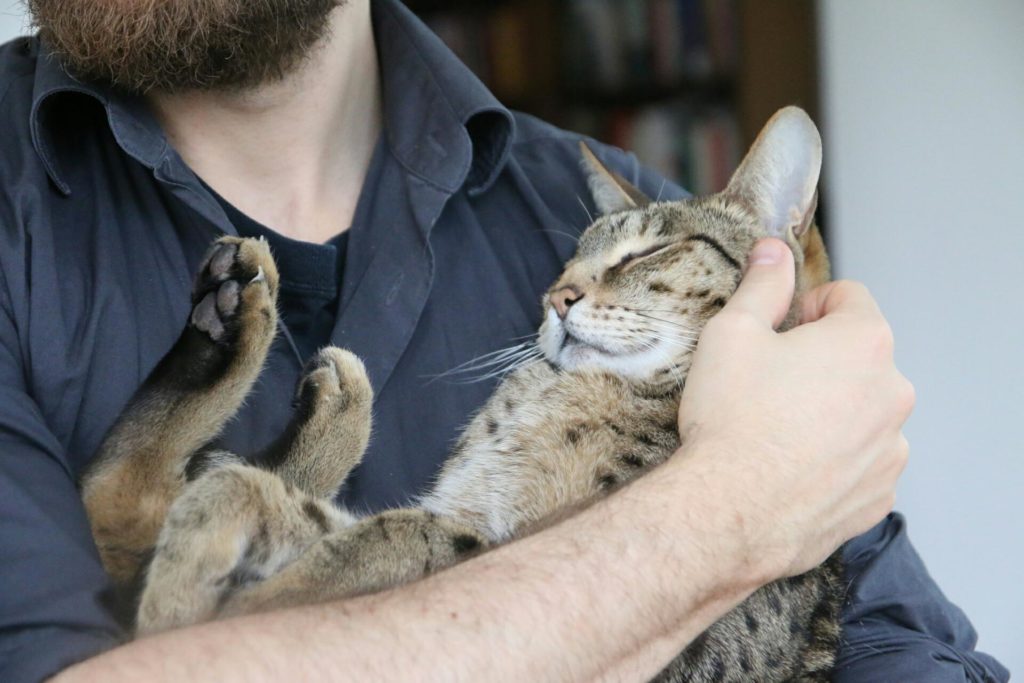
You probably can’t exactly tell what your cat is thinking at all times; and that’s okay. After all, cats are adorable but strange creatures, with many habits that leave us humans confused. However, what you can do is get to know the meaning behind their typical behaviors. That way, you will at least get an idea of how your feline companion is feeling, and whether they’re comfortable or not.
In light of that, here’s an extensive list of common and not so common behaviors, and what your cat is attempting to communicate with each one:
Purring
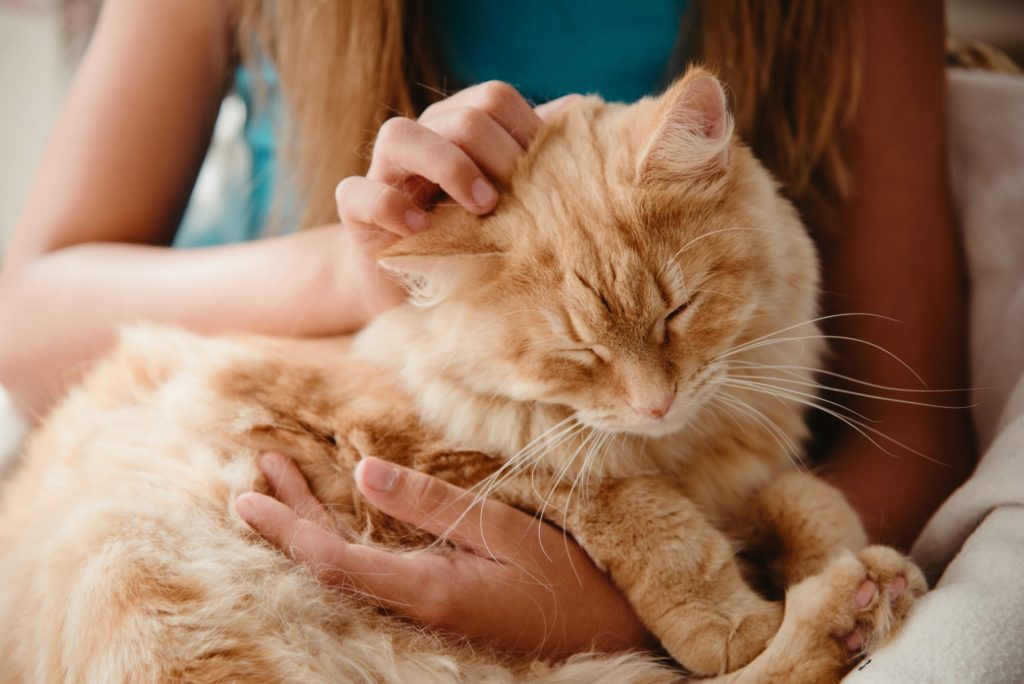
Purring is the vibrating sound that cats make with their throats. Even two-day-old kittens can purr, and they display this behavior throughout their whole lives. Unfortunately, scientists still don’t fully understand the mechanism behind purring, especially considering that cats don’t have any special anatomical features that allow them to do so.
Typically, a cat will purr when it is feeling happy, friendly, and thankful. However, purring could also help it calm down when it’s stressed or ill. For instance, cats giving birth have a tendency to purr to soothe the pain. Still, in most cases, a purring kitty is a happy kitty.
Vocalization
As a cat owner, you’ve most likely noticed how many different sounds they can produce. Meowing is their go-to form of communication, starting from when they’re kittens and seeking their mother. They also use it regularly as adults, though their meows can have many variations and meanings behind them. Other cat sounds include chirping, hissing, snarling, growling, wailing, etc.
The Friendly, Cute Meow
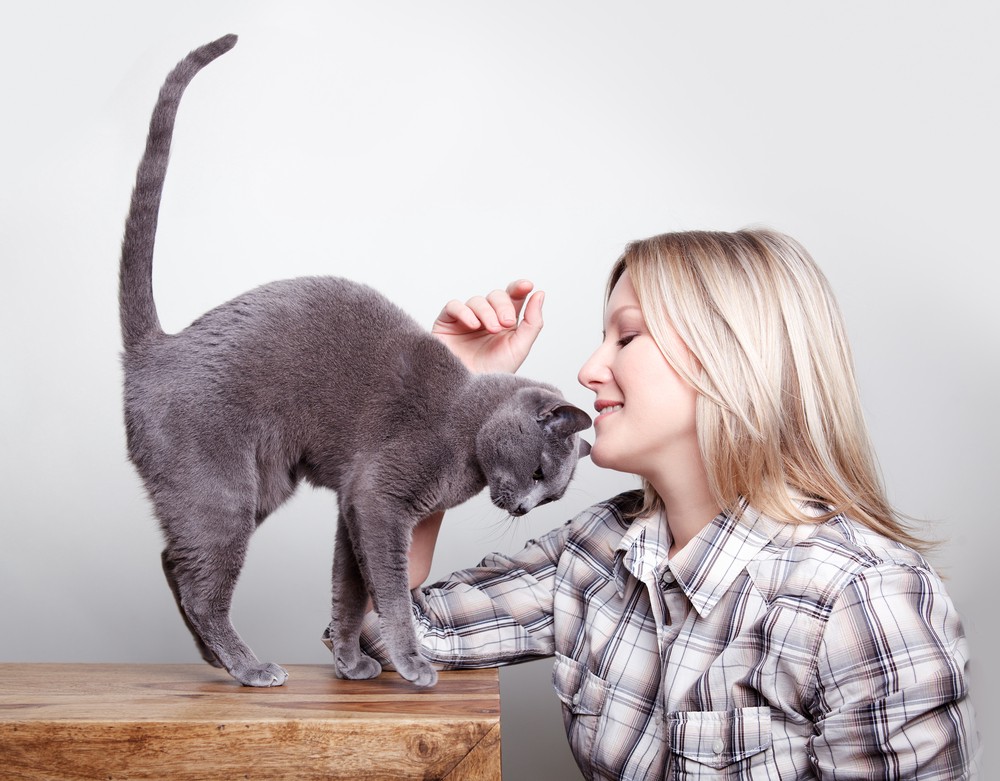
Sometimes, a meow is just a cat’s way of saying “hi” and asking for some love. If your kitty lets out a tiny meow, give it a nice head rub to greet it back and show that you care.
The Loud, Disgruntled Meow
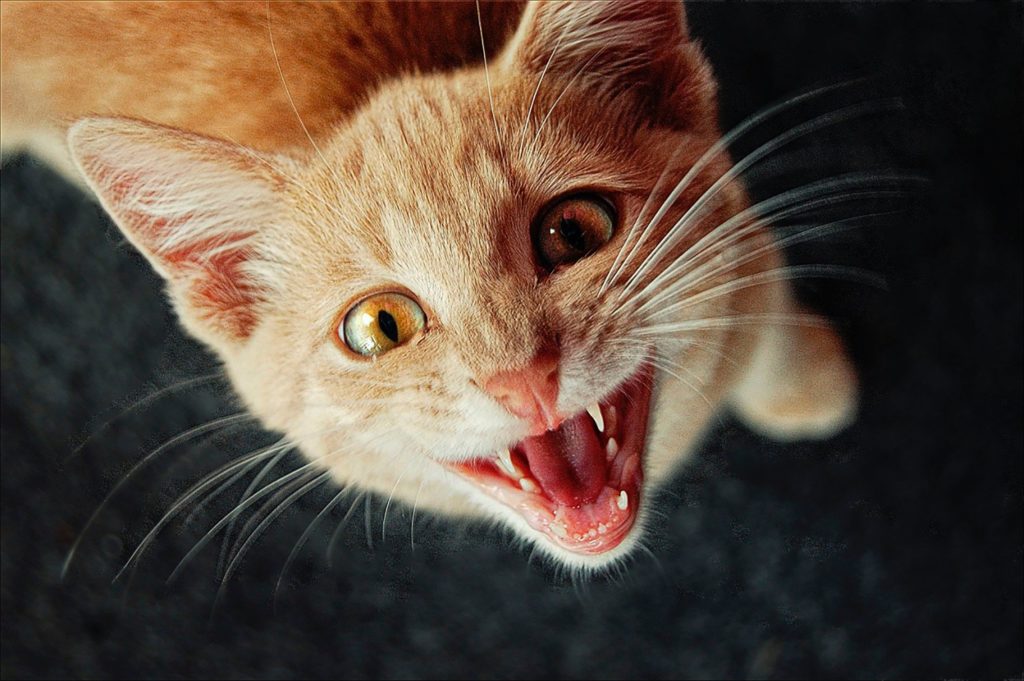
On the other hand, loud and intense meowing could indicate that your cat is discontented or in need of something. For instance, they could be asking for food or to be let out of the room/house. It could also mean that they’re simply bored.
Worst case scenario — a loud meow could be your cat’s way of saying that it’s feeling unwell. If you believe that’s the case, it might be time to pay your vet a visit.
Chirping and Chattering
If a bug or rodent decides to trespass on your premises, your cat will most likely start chirping at them and chattering their teeth. After all, cats are predators; and that is how they prepare for hunting.
Growling, Wailing, and Hissing
When your cat feels threatened or angry, they will use all sorts of sounds and signals to let you know, including growling and wailing. Before they attack, they will start hissing in an attempt to scare off the intruder. Aside from making these sounds, an angry cat will also take a defensive stance, flatten its ears, and puff up the fur on its back and tail.
Sniffing
In case you haven’t noticed already, cats are incredibly curious. They like to stick their noses in everything with the purpose of exploring it. Similarly, a cat will get up close and personal with its owner, sniffing their face as if it were a beautiful flower. It most likely does that because it’s attached to its owner and their smell makes them feel safe.
In addition, if your cat is hanging around with its mouth wide open, resembling the figure from Munch’s “The Scream”, don’t worry. Called the Flehmen response, this behavior is simply your cat’s way of thoroughly analyzing surrounding scents they find interesting.
Displaying the Belly

Much like humans, cats lie on their backs with their legs spread wide open when they’re relaxing, too. Given that exposing your stomach is a sign of vulnerability in cats, consider yourself honored if your kitty does that in front of you. That means it trusts you and feels comfortable around you. In some rare cases, a cat might even let you pet its tummy.
Frequent Napping

You have probably noticed that cats tend to sleep often and for long periods. When they’re kittens, they need twice as much slumber. After all, they need lots of that growth hormone, and they can only get it during sleep.
While not nearly as much as kittens, adult cats also require regular naps. That’s probably because they need to conserve their energy for hunting. No matter if your cat actually hunts or not, they will still have the urge to sleep all the time. However, some cats also tend to doze off out of boredom, so you might want to try playing with your cat more often if you’re concerned about its sleeping habits.
Weird Sleeping Positions

Cats most commonly sleep curled up in a ball. This position makes them feel safe, protects their stomach, and keeps them snug and warm. Even if it’s sleeping next to a fireplace, this position comes naturally to every cat.
Similarly, your cat might decide to sleep on your lap, stomach, chest, or any other part of your body. That’s because it’s not only warm but also smells like you, which is comforting for your cat. And if it’s completely relaxed and comfortable in its surroundings, it might even sleep on its back like a baby.
Tail Movements
Your cat will also use tail gestures to make its feelings known. Although dogs wag their tails when they’re happy, it’s different with cats. They will intensely move their tail back and forth when they are annoyed and want to be left alone.
However, a slow swinging tail motion followed by curling of the tail indicates the complete opposite — serenity. Finally, a twitching tail typically means that something has grabbed the cat’s attention and awoken its curiosity, such as a passing fly.
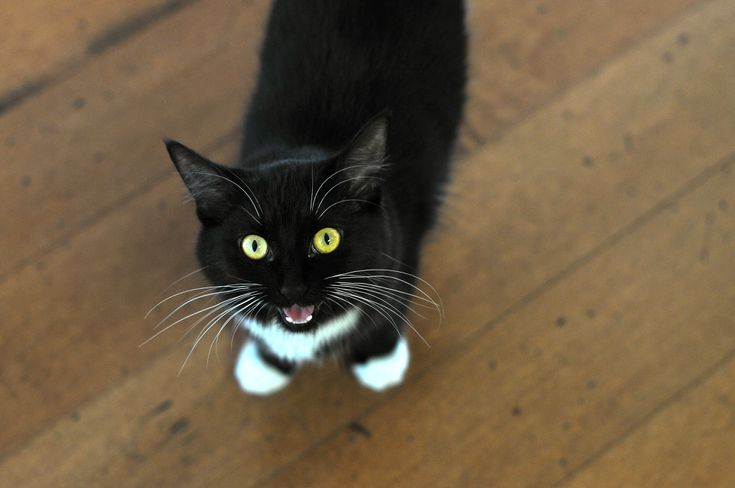




Comments
Post a Comment